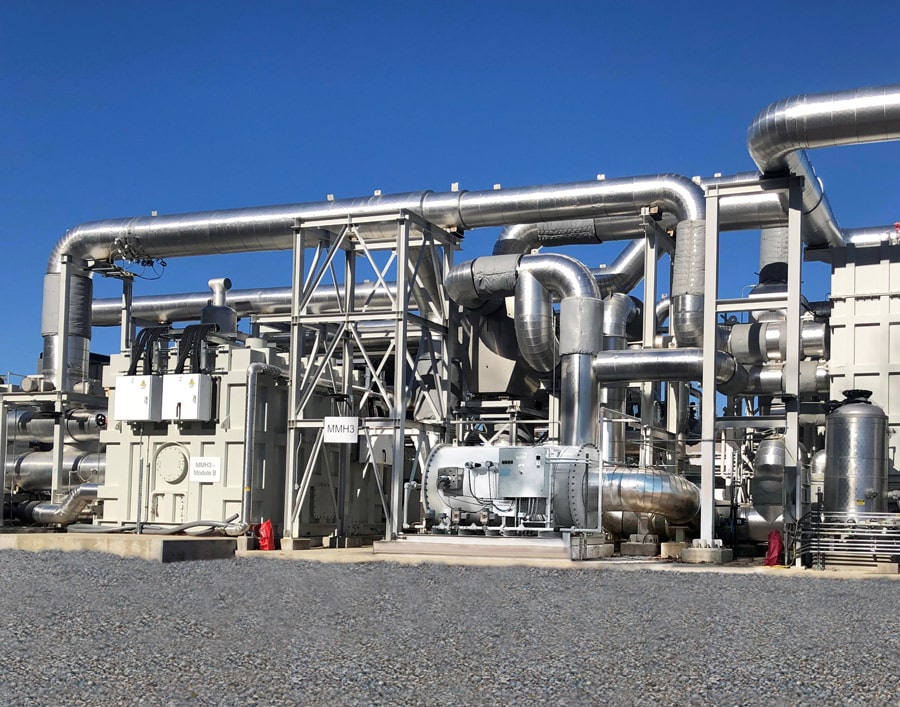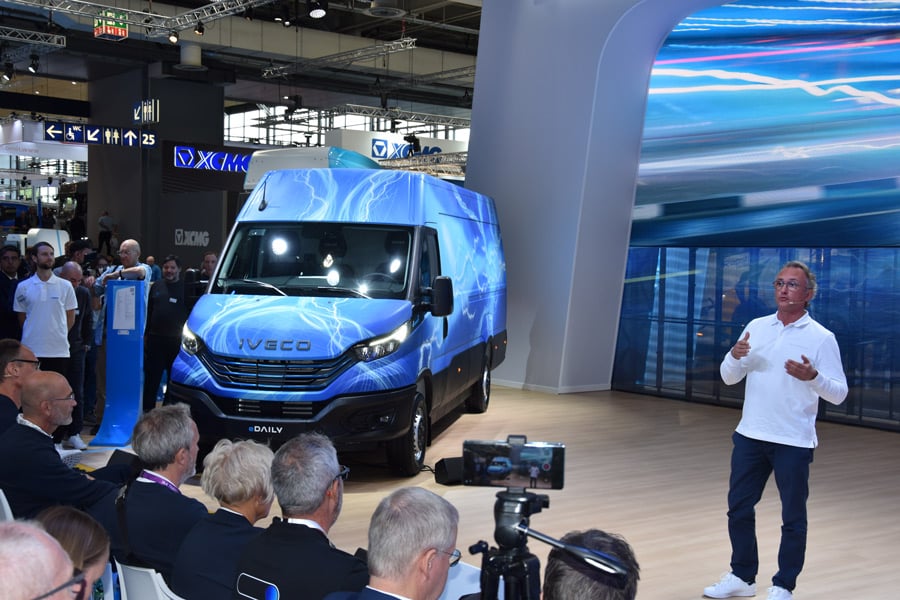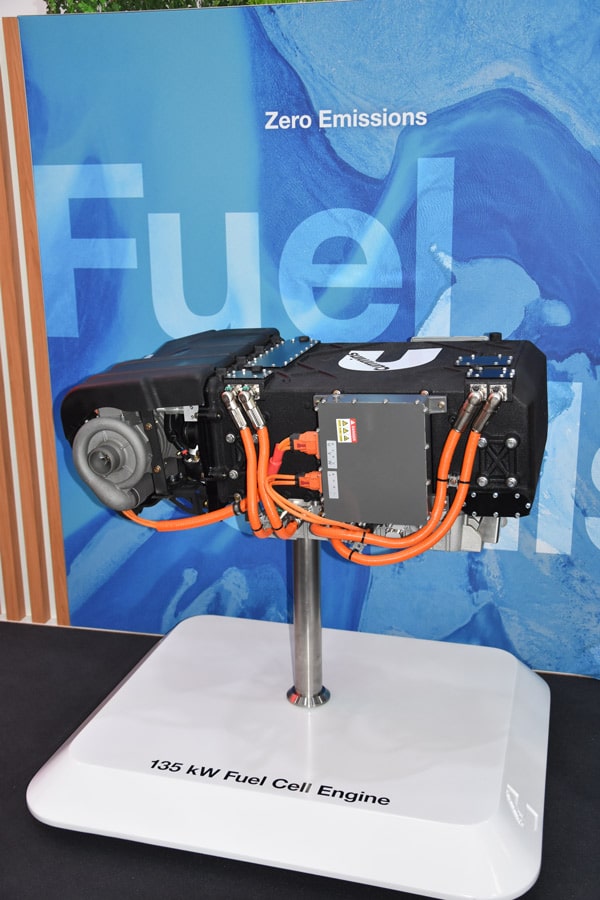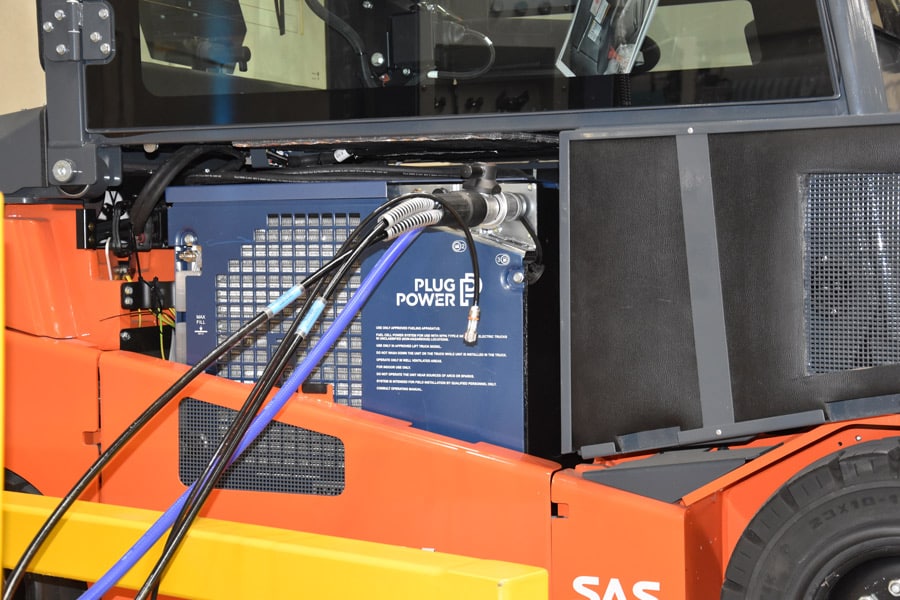Eight companies that won a public competition for funds to build hydrogen fueling stations in California are scrambling this summer to meet an October 31, 2015, target date for opening their stations, with at least $4.5 million at stake. The California Energy Commission (CEC) awarded $46.6 million in 2014 for 28 stations and a mobile refueler. A start-up, FirstElement Fuel, won financing for 19, but there were seven other winners. CEC funding will pay 85% of station costs, but only if stations come on line before November 1, 2015. The subsidy goes to 75% November 2015 through February 2016, and to 70% thereafter.
More than 50 stations are open or in progress in California, halfway to the goal of 100 by 2020 to meet expected demand. The state has committed $70 million so far, and pledged up to $20 million a year to build out the first 100 stations, assuming sufficient vehicle sales. This has led to a strong increase in interest from the private sector in station building.
The California Air Resources Board published its first Annual Evaluation of Fuel Cell Electric Vehicle Deployment and Hydrogen Fuel Station Network Development, required by the California Legislature. CARB affirmed the 100 station target, though the estimated fleet, of 6,650 vehicles by 2017 and 18,500 by 2020, is rather dramatically lower than projections of a few year ago.
Toyota plans to begin selling its Mirai FCEV in the fall of 2015; Hyundai signed its first FCEV customer lease in the US in June 2014.
Outside California, the approach of commercial FCEVs is gaining public and policy maker attention but there are not yet formal plans, policies or financing mechanisms such as there are in California. There is a complicated regulatory environment. The Northeast states have adopted California’s Zero Emission Vehicle program, which includes both obligations and incentives for auto companies to sell FCEVs. FCEV sales any state that has adopted the ZEV regulations earn credit toward obligations in all ZEV states, This makes FCEV sales highly valuable to automakers, but if they can satisfy their obligations via sales in California alone, they need not sell any vehicles in the Northeast.
This obviously is a disincentive to infrastructure deployment. Perhaps recognizing this confusion, Toyota and its partner Air Liquide have announced plans for 12 hydrogen stations in the Northeast, though specific sites have not been identified.
Longstanding policies and a shortage of money will make it difficult for the US Department of Energy to be an active financial contributor to infrastructure deployment efforts in California or elsewhere. DOE has found the money for some technical activity in support of hydrogen fueling, including publication of two publicly available economic models, one estimating the cost and optimal configuration of hydrogen stations (called HRSAM), and the other providing station cash flow and return on investment for various scenarios (H2FAST). DOE is also financing a cooperative effort of two national laboratories, called H2FIRST, to work on issues such as hydrogen metering, fuel quality and certification testing of new stations. H2USA, a partnership led by DOE and the auto industry, is working on pre-commercialization activities though progress has been slow.
In power generation, California recently extended its Self-Generation Initiative Program, arguably the most important incentive for fuel cells in the United States. Utilities will contribute $83 million/year through 2019, with 75% available for fuel cells and energy storage in 2015. There is a 20% bonus for California manufacture. The majority of the 200 MW of fuel cell power generation systems installed in the US are located in California.
The percentage would change rather dramatically, however, if FuelCell Energy is able to follow through on its announced plans for a 63.3 MW fuel cell power park in Connecticut; the installation would be the world’s largest, eclipsing the 59 MW Gyeonggi Green Energy fuel cell park in South Korea. Fuelcelll Energy and its partners have identified the Connecticut site and are seeking financing.
The U.S. Department of Energy fuel cell research budget for the 2016 fiscal year (beginning October 1) likely will be between $138 million and $147 million. The research budget for PEM and hydrogen likely will fall between $93 million and $97 million, based on the separate actions of the U.S. House and Senate. The budget for solid oxide research likely will be set between $25 million and $30 million. Other DOE research relevant to hydrogen and fuel cells, but not specified in the budget, could be in the $20 million range. Funding is supplied separately for defense related research and for buses. The final spending totals will be established by a committee formed to settle differences in the separate spending bills. Overall spending in FY 2016 will be consistent with the budgets of the past several years.
Author: Bob Rose
































0 Comments